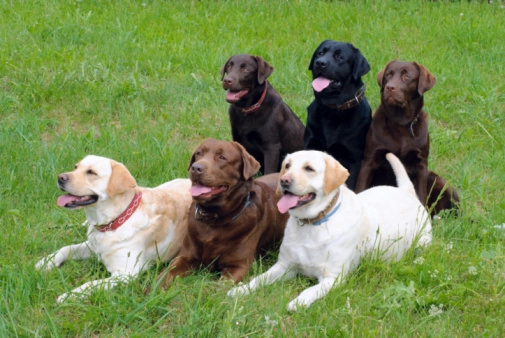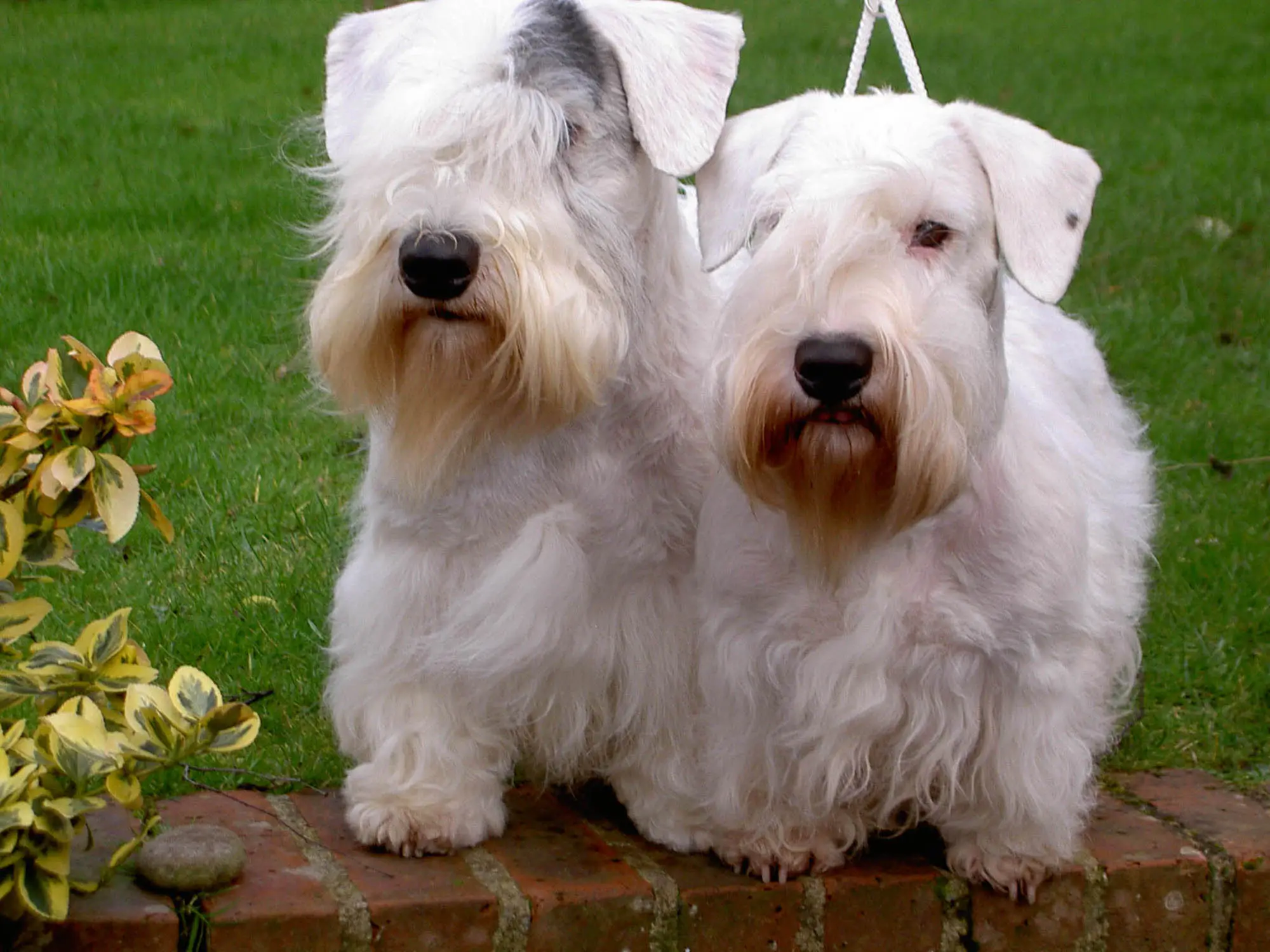About the Condition
Urinary Incontinence in canines happens, when an animal loses its ability or control over its urinary bladder. The condition ranges in severity and varies from frequent small urine leaks to the unintentional voiding of outsized quantity of urine.
Causes
-
Imbalances of hormones
-
Weak bladder sphincter
-
Sudden infection of the urinary tract
-
Injury of the spinal cord
-
Degeneration (mostly seen in the German Shepherds)
-
Protruding disc of the intervertebral
Conditions of the prostate
-
The existence of any other disorder that might have caused more water consumption
-
Hyperadrenocorticism
-
Unnatural of the cognitive power
-
Abnormality in the anatomy
-
Side effects of any medicine
Signs of Urinary Incontinence
Frequent dripping of the urine is the most common sign. As a result, things like redness is visible. The affected dog will dispose excessive licking on areas, like the penis or the vulva. One should take a look at the place, where the dog frequents, and the area where it sleeps, as these places can get contaminated with urine.
Does Estrogen play a role in weakening up the Bladder Sphincter?
Estrogen plays a vital role maintaining the neuroreceptors in the bladder sphincter. The absence of estrogen, a general issue in many females, the receptors avoids the message to amass the urine. Thus, urine leaks out, while the patient is fast asleep. Diethylstilbestrol, an estrogen, is the most common type, in female dogs.
The Responsibilities of the Owner, if he senses the Presence of Urinary Incontinence
The first and foremost duty will be to have a consultation with the vet doctor. The vet will conduct diagnosis for the disease. Then come to a conclusion or the causes for the condition.
Diagnosis
The vet will ask for the thorough health history of the patient. Then perform physical examinations for the dog. These clusters of examination include things like analysis for the urine, and to determine whether the dog is suffering from any form of a bladder infection. Some other tests are a culture of urine, blood exertion, ultrasounds, and radiographs.
Few Complications
Some session of urinary incontinence wane and ebb, but the rest can most probably progress and ignite into a more serious kidney and bladder issue. As a result, infections of the skin can happen, where the urine patches or stains stay over.
Which breeds (if any) are more prone to the condition?
The truth is, the condition can affect any breed, regardless of the age, type or gender. But the illness is more prominent in the older dogs and the spayed females. More specifically, races like the Springer spaniels, Cocker spaniels, Old English sheepdogs, and Doberman Pinschers are more prone to the condition.
More massive breeds are prone to develop the condition, mostly due to an escalation in their tendency to ignite conditions like neurological and musculoskeletal conditions.
Treatment
Treatment depends on identifying and treating the underlying causes for the condition. Diagnosis will pave the way for the future mode of treatment. Modern medicines paved the way for the development of few drugs which can efficiently manage the condition. By managing the condition, we mean preventing everyday accidents.
There are few treatments, which focuses on balancing the hormones of the animal. Thus, hormone therapy, like phenylpropamine, helps a lot in strengthening the urethral sphincter, as this controls the urethral flow of the animal.
Is Surgery an Option?
Surgery can be an effective tool in treating the conditions if modern medicines are unable to cure the illness. It can happen, as every dog has a different physiological system. This issue has bothered dog owners, canine enthusiasts, and experts. After years of research, the experts have developed something called collagen injections, which seems quite promising.
Managing the Condition
-
Occasional cleaning of the patient's sleeping spot. A readily available product like a waterproof pad can be kept under the dog’s sleeping place to absorb urine.
-
Frequent walks throughout the entire day. It will include a daily walk outside, when the affected dog wakes up. And again, after the dog complete a short nap.
-
Easily available items like doggy diapers can come to the rescue. These diapers will absorb the urine.
-
Some dog owners limit the intake of water for the incontinence dog, which may seem a logical option, but it isn’t. A thorough discussion with the vet is needed when one decides to limit the water intake.
-
Proper hygiene, is again a crucial thing, to avoid any infection of the skin.
-
Close monitoring of the condition is massively needed, as the condition can deteriorate, and reach the stage of skin infection in the patient.
.png)





